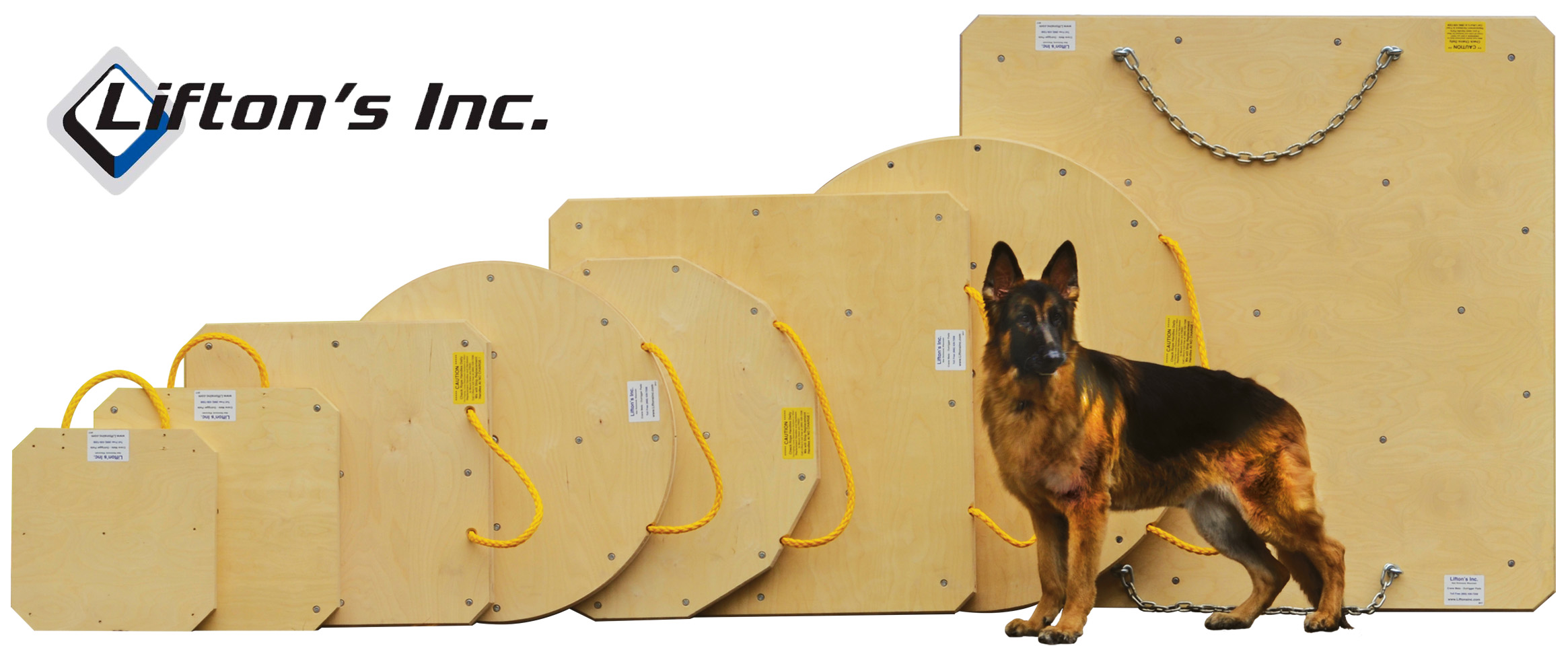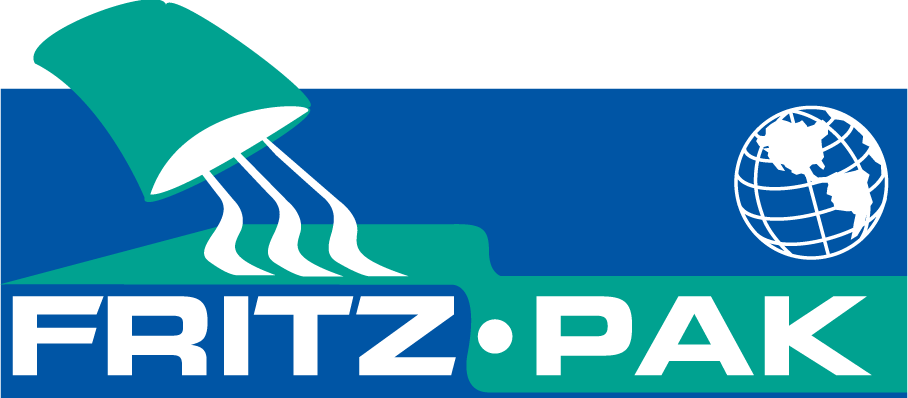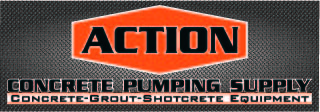Planning a business Success
You already have a plan, don't you. You're going to borrow some money, buy a pump and make a lot of money, right? Well you'd better think it out a little better than that or you'll likely lose your shirt and a lot more. What follows requires a lot of research and thought. But if you try to start or expand your business without a complete business plan you will still end up doing most of it later. Only then you will be doing it while you are buried in problems and trying to save your business. It is easier and a lot more productive to plan your trip before you get in the car.
Concrete pumping is a capital-intensive business. You are going to risk your credit, financial security, your personal cash investment, and five or six figures worth of borrowed money to start up, or enlarge your pumping business. With all that at stake, you’ll need a complete and well thought out plan. A good business plan is also an essential part or your effort to borrow money and a means to track your progress as your business goes and grows.
Contents[hide] |
Your business plan should include:
Market analysis
Asset list
Cash flow projection
Plan for growth
The MARKET ANALYSIS
The Market Analysis explains why you think another pump is needed and would be profitable in your market area. Can you keep it busy at a profitable price? Your market analysis should include at least:
1. A description of the primary area you intend to serve.
2. Growth in construction, both recent history and three year's future projection.
3. An analysis of pumping potential, total number of concrete yards poured, percentage of it currently pumped, and how that percentage could be increased.
4. Quality of the pumping service currently offered in your market area and how you and your new pump would improve it. (If you are already pumping or renting pumps you should have at least a years record showing how many pump jobs you would have done if you had had the new pump.)
5. A list of contractors, (and the number of pump pours they do annually) who say they would try, or use your new pump. Include promised support from the ready mix companies.
6. Survey the published prices others are getting for the size of pump you plan to buy. When you start you will be unlikely to be able to get more, but you should plan on never taking less.
The ASSET LIST
The Asset List is what you already have that will help assure the profitability of your new purchase.
1. Available investment capital: How much down payment money you have, lines of credit, and other financial support available to you.
2. Physical assets: The shop, yard, tools, equipment, vehicles, communications you have to support your pumping operation.
3. Personnel: Who is going to operate, maintain, and repair the pump, do the selling, dispatch, and keep the books.
4. Intangible assets: Your related skills and experience, the visibility of yourself and your company in the community, good will from your customers, ready mix companies, etc..
The CASH FLOW PROJECTION
The Cash flow projection shows how the new pump will pay for itself and increase your profits. This is the most essential part of your business plan. This is where you figure out if buying a pump is really a good idea. If you are already in business, use the last 2 years profit and loss (P & L) statement. Make a realistic estimate of what those numbers will be each year for this year and the next two years, without the pump you are thinking of buying. Then add in the annual expenses and revenues from the new pump for each of the next three years.
If this is a new business venture, you will have to do it with estimates but get as much hard information as you can. Ask people who know, pumpers out of your market area or people in related businesses. Revenue will be the result of how many pours you are sure you can get, times your estimated average job ticket amount (hours on job and travel, hourly rate, yards pumped, and rate). Expenses will include the obvious like loan payments, maintenance, communication, etc but also taxes, licenses and insurance, accounting and legal expenses, and bad accounts. Include a reasonable salary for yourself. Your profit is what's left over after you subtract Expenses from Revenue. Be sure to plan for profit.
This is a lot easier than it used to be. There is now a series of very helpful forms you can use to develop this information at http://www.pumpingcompanies.com/ .
If your numbers are realistic, and your projections show a profit, you have a reasonable chance of a successful business. As your business goes and grows you can compare your actual results to your cash flow projections to spot problem areas before they get out of hand.
PLAN FOR GROWTH. This pump purchase is hopefully one of many you will make. Think about what you want your company and your profits to be next year and in three, five, or ten years. Set short and long range goals and then plan to meet them.
If you need more help or have questions call me. I have been helping others through this process for more that twenty years and I'll be glad to help you, and in strictest confidence. For more information about me, Fred Eisele, and www.usedconcretepumps.com check out our web site.
Written By Eisele, Fred UsedConcretePumps.com
Published by ConcretePumping.com











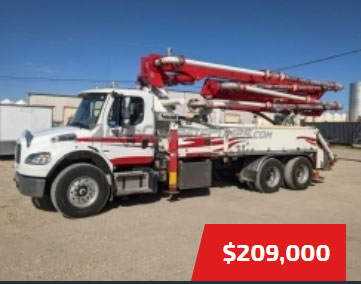


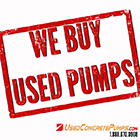

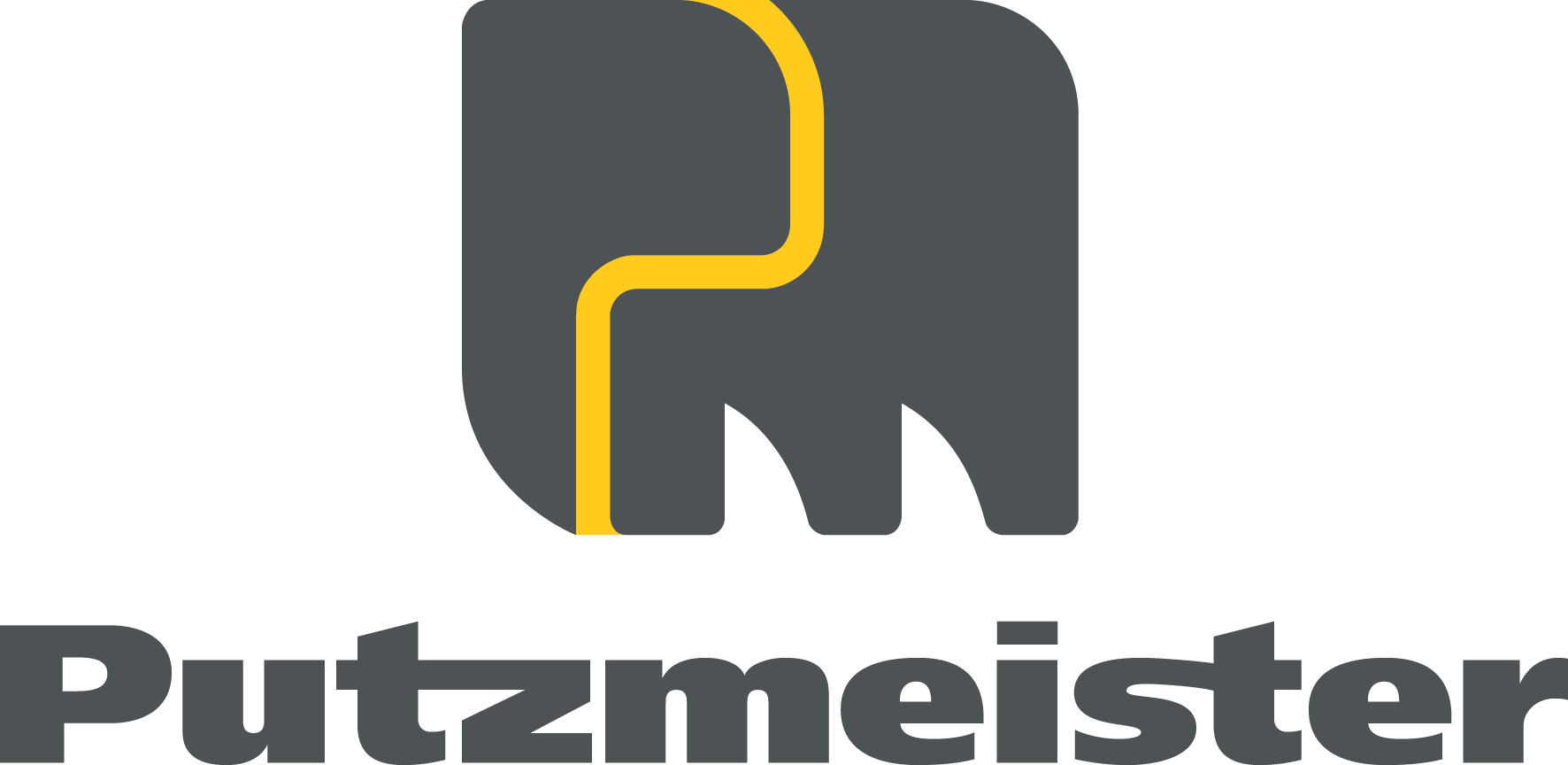



.jpg)
.gif)

.jpg)

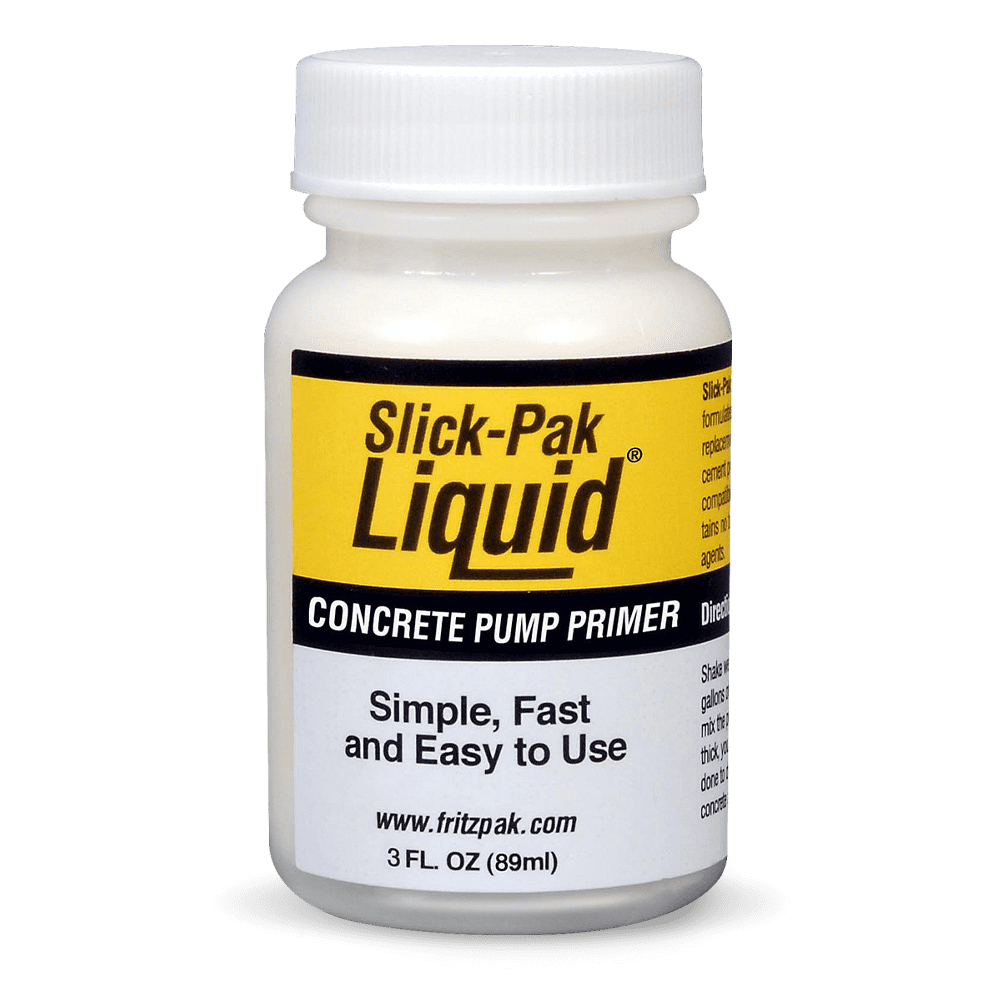






.jpg)
